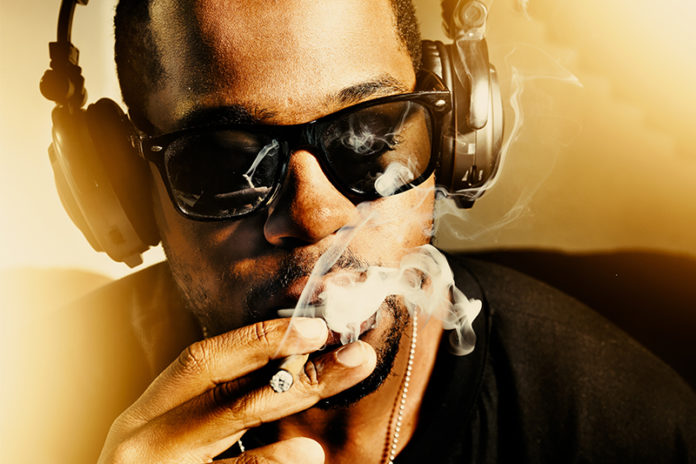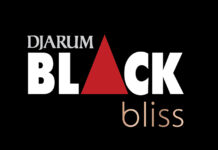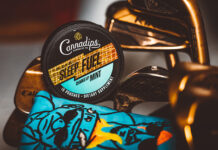Can music be to blamed for the minority individual’s use of tobacco and cannabis products? That’s what one report recently published in the JAMA Internal Medicine claims is happening.
Big Tobacco has long been accused of targeting minorities through various advertising platforms but in the study conducted by Kristin Knutzen, M.P.H. of the Dartmouth Institute of Health Policy and Clinical Practice, the unregulated practice of product placement of tobacco and cannabis in music videos could be the latest way minorities are being targeted. Knutzen and her team tracked how often combustible products like cigarettes, cigars and joints were appearing in rap and hip-hop music videos. The group chose those videos associated with songs that were on the Billboard Hot R&B/Hip-Hop list. As they tracked the appearance of these products in music video, they saw a increase from zero to 9.9 percent. That percentage was much higher for branded electronic products which increased from 25 to 87.5 percent. Over 769 music videos were analyzed in this study.
The group chose the R&B and hip-hop genres due to their popularity with minorities “and the historic targeting of minority groups by big tobacco companies,” Knutzen revealed to Inverse. Knutzen noted that brand placement of tobacco and cannabis products are unregulated and give the tobacco and cannabis industry a new and modern way to reach minority consumers. Knutzen uses DJ Khaled’s “I’m the One” video featuring Quavo, Chance the Rapper, Lil Wayne and Justin Bieber as an example of combustible brand placement with Kandypen vape appearing at the 1:22 point in the video.
Another example is the music video for Jennifer Lopez’s “Dinero” which features an Mig Vapor vape pen at the 0:27 mark and Lopez smoking a cigar at the 0:59 mark.








